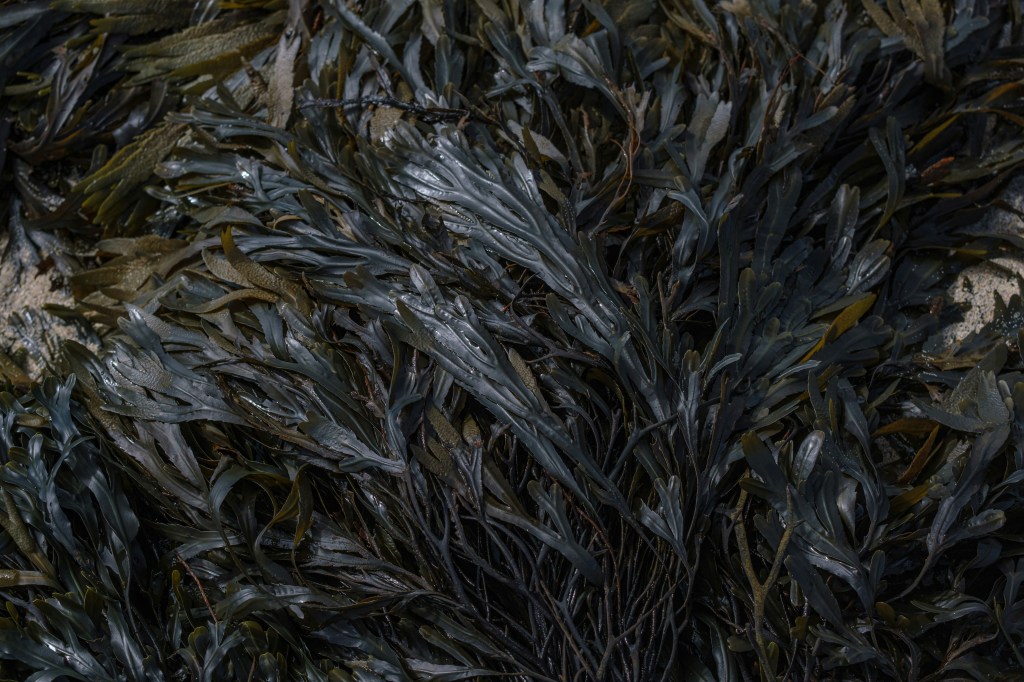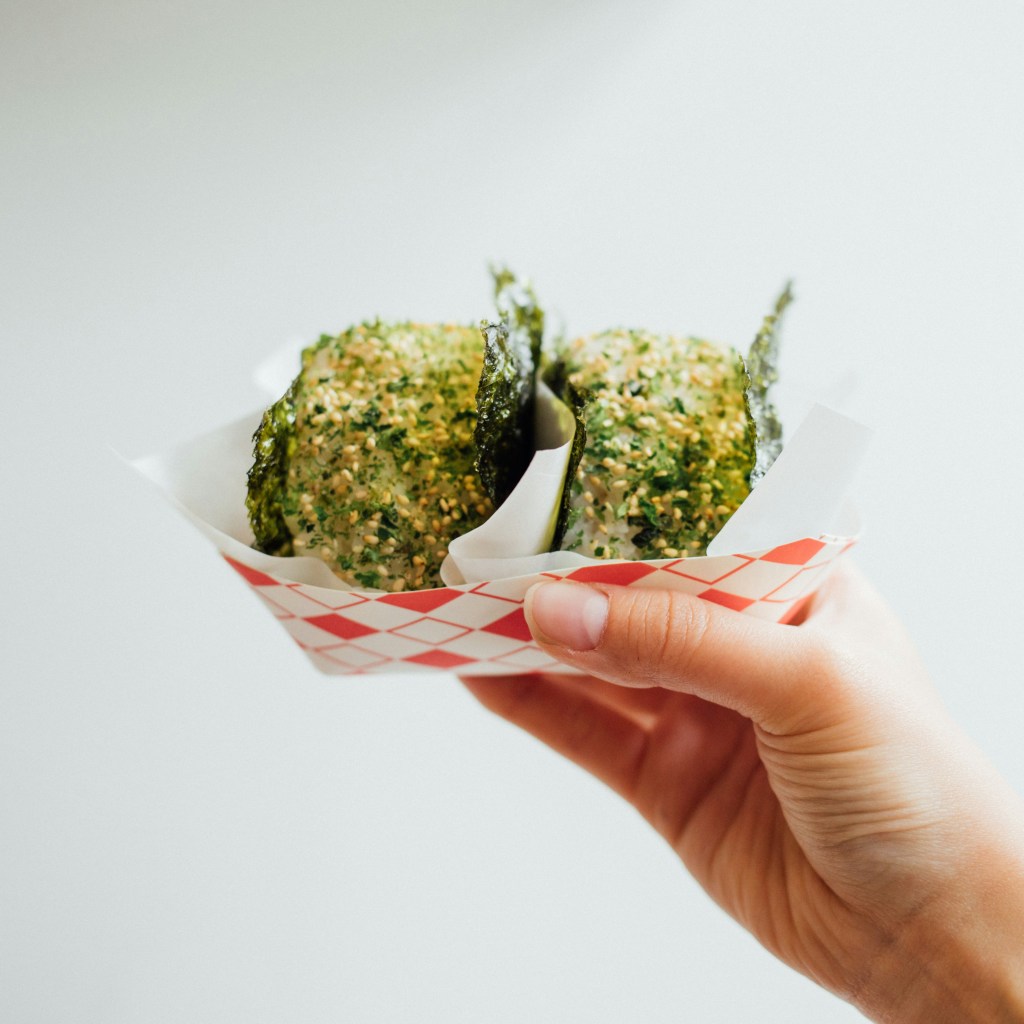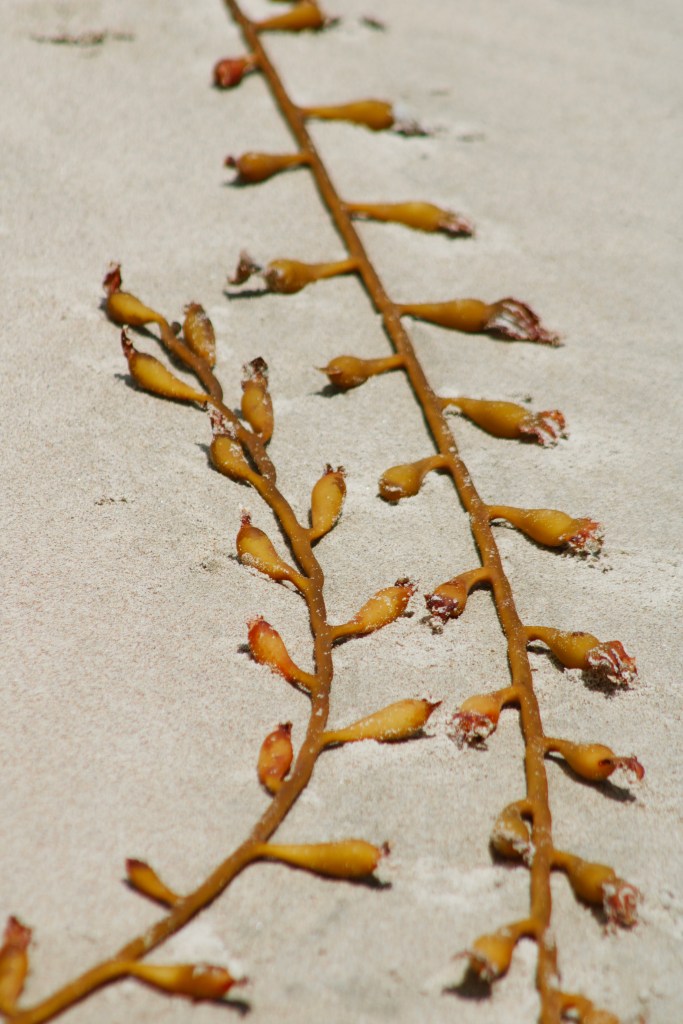Difference between seaweed and kelp

Image credit: Martin Dawson on Unsplash. Deep green seaweed.

Image credit: Frank Zhang on Unsplash. White rice balls wrapped in seaweed, and sesame seeds.

Image credit: James Lee on Unsplash. kelp with brown leaves.
The first time I tried seaweed, I had a flavor explosion in my mouth. The use of this algae is so versatile. You can find it in many recipes, and mostly utilized in Asian cuisine. It adds umami flavor—meaty or brothy— with different ingredients, such as, miso and tofu, or as simple as a seaweed salad with sesame seeds sprinkled on top. Personally, I like it as a snack. For example, gimMe product has several flavors, and I usually go with the extra virgin olive oil, or wasabi.
You might think what is kelp and seaweed? is there a difference? Let’s talk about this today. My main focus for this blog is how to differentiate each marine algae.
Continue reading
